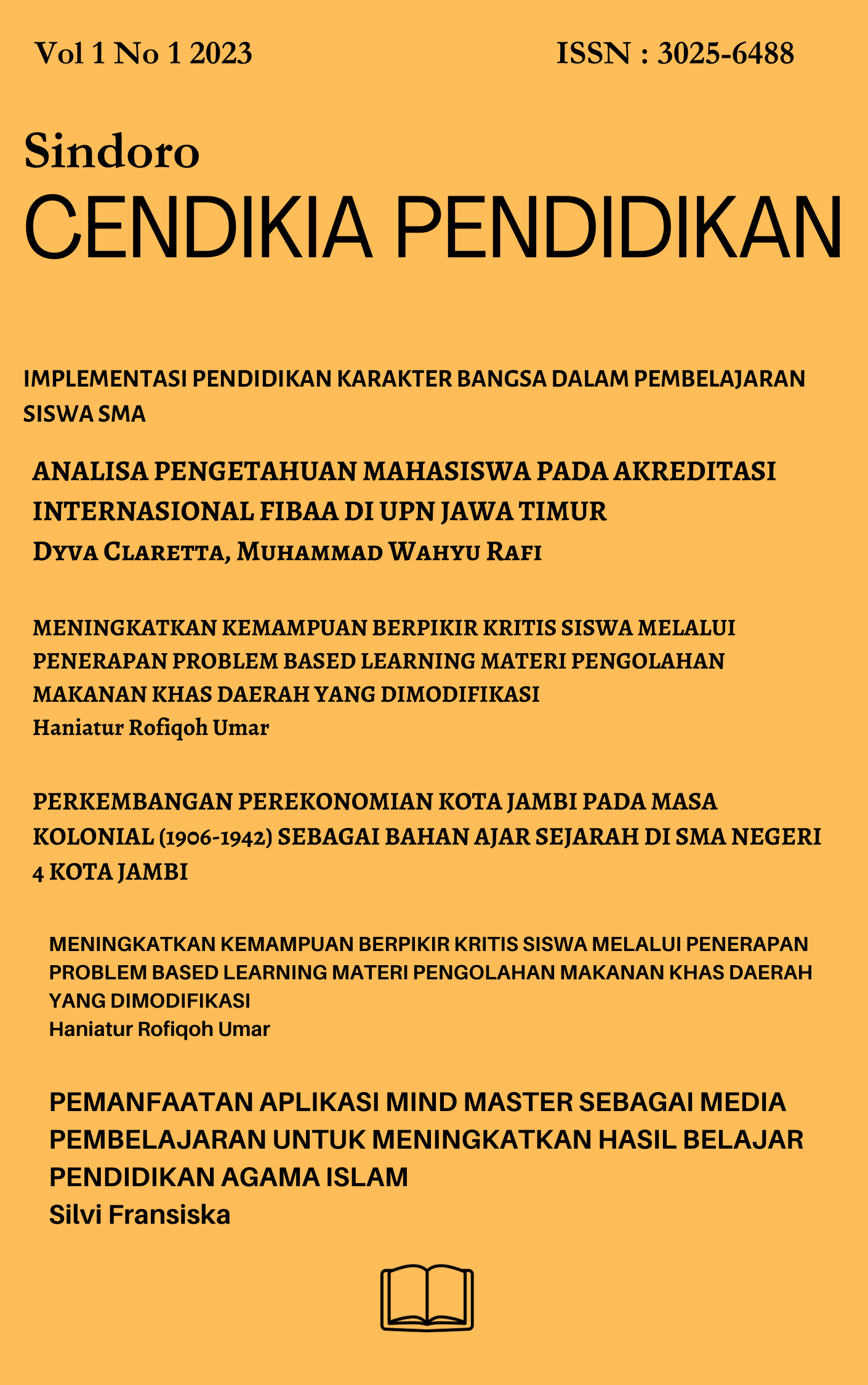INOVASI DAN EKSPLOITASI MENANGANI TANTANGAN ETIKA DALAM SENI DIGITAL
Main Article Content
Abstract
Dalam era digital yang terus berkembang secara pesat praktik jurnalistik menghadapi berbagai tantangan yang perlu ditanggapi dengan bijak. kemajuan ini juga memunculkan tantangan etika yang kompleks, terutama terkait dengan pemanfaatan teknologi seperti kecerdasan. Kecerdasan Buatan (AI) mengacu pada sistem yang menampilkan perilaku cerdas dengan menganalisis lingkungannya dan mengambil tindakan dengan tingkat otonomi tertentu untuk mencapai tujuan tertentu. Perkembangan pesat dalam kecerdasan buatan (AI) dan pembelajaran mesin membawa potensi manfaat yang sangat besar. Namun kita perlu mengeksplorasi seluruh aspek etika, sosial, dan hukum dari sistem digital, Penelitian ini menggunakan metode Research and Development (R&D) dengan mengembangkan dan menguji solusi praktis terkait tantangan etika dalam seni digital, maka untuk menangani nya diperlukan pedoman yang jelas untuk mengatur pemanfaatan teknologi dalam penciptaan dan distribusi karya seni. Hal ini bertujuan untuk benar memastikan bahwa teknologi dapat digunakan untuk mendukung kreativitas dan bukan mengeksploitasi atau merugikan pihak pihak yang terlibat, baik individu, seniman maupun audiens.
Article Details

This work is licensed under a Creative Commons Attribution-NonCommercial 4.0 International License.
This work is licensed under a Creative Commons Attribution-ShareAlike 4.0 International License.
Authors who publish with this journal agree to the following terms:
- Authors retain copyright and grant the journal right of first publication with the work simultaneously licensed under a Creative Commons Attribution License that allows others to share the work with an acknowledgement of the work's authorship and initial publication in this journal.
- Authors are able to enter into separate, additional contractual arrangements for the non-exclusive distribution of the journal's published version of the work (e.g., post it to an institutional repository or publish it in a book), with an acknowledgement of its initial publication in this journal.
- Authors are permitted and encouraged to post their work online (e.g., in institutional repositories or on their website) prior to and during the submission process, as it can lead to productive exchanges, as well as earlier and greater citation of published work
References
Elgammal, A. (2017) Can : creative adversarial networks. Generating "art" by learning about styles and deviating from style norms arXiv preprint arXiv:1706.07068, Vol. 6. 2017
Maflucha, L., Qoni’ah Nur Wijayanti, S. I., & Ikom, M. (2024). ETIKA JURNALISTIK DALAM ERA DIGITAL: MENGHADAPI TANTANGAN DENGAN KODE ETIK PERS. Jurnal Media Akademik (JMA), 2(1).
Manovich, Lev. The langueage of new media, MIT press. 2002
Mc Cormack. J. Hutchings, P., & Hutchings, P. (2020). "AI and the Ethics of digital Art creation"
Shannon, C (2018). "Digital Art and Ethical Dilemmas: The Impact of New Technology on Artistic Creation"
Triwulan, D., Ramadhani, N., Zannah, N., Naibaho, M., & Effendi, E. (2024). Tantangan Etika dalam Jurnalisme Digital: Studi Kasus Peran Media Sosial dalam Penyebaran Berita. Da'watuna: Journal of Communication and Islamic Broadcasting, 4(3), 1225-1229.

